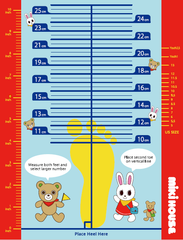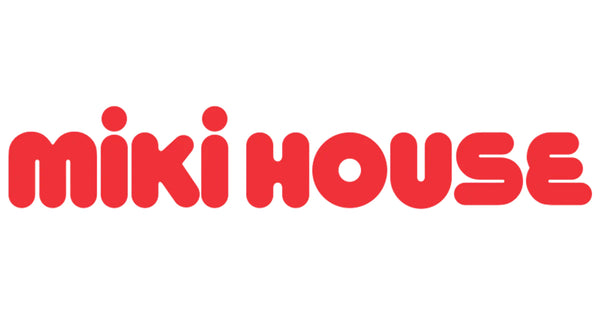Choosing the Best Shoe for Your Baby
Are you choosing shoes that are too big because “they’ll grow right into them”? Or are you finding that your child outgrows their shoes before you know it? Shoes that don’t fit or are too small can stunt proper development of the foot. On the other hand, shoes that are too big are difficult to move in and limit activity. Continued wear of shoes that are too small have been linked to bunions and hammer toe, while shoes that are too big inhibit your child’s walking and ability to have fun. Measure your child’s feet regularly (about every three months) and choose the best size and shoe for them!
For Those with Printer Access

Download the two files "Foot Measuring Sheet" (Letter Size) and "How to Use Measuring Sheet".
- Files are in PDF format
- Discrepancies may occur depending on print quality
- Child must be standing when measuring
For Those without Printer Access

Making your own Foot Measuring Sheet is easy. Follow the instructions below to create your own sheet and use it to measure your child's feet.
- Draw intersecting lines that form a right angle on the paper.
- Stand up straight on the paper. Align the tip of the heel to point A (see diagram). The pointer toe should be aligned with the vertical line. Have your child look straight ahead for best results.
- Use a tool with a right angle, such as a triangle ruler or a piece of paper. Align one edge of the tool to the vertical line on your sheet. Align the adjacent edge of your tool to the furthest protruding toe. The furthest protruding toe will vary from person to person. Make a mark where the vertical line and your tool meet; this will be point B (see diagram). Measure the distance from point A to point B in centimeters to find your child's shoe size.
Making your own Foot Measuring Sheet is easy. Follow the instructions below to create your own sheet and use it to measure your child's feet.

Draw intersecting lines that form a right angle on the paper.

Stand up straight on the paper. Align the tip of the heel to point A (see diagram). The pointer toe should be aligned with the vertical line. Have your child look straight ahead for best results.

Use a tool with a right angle, such as a triangle ruler or a piece of paper. Align one edge of the tool to the vertical line on your sheet. Align the adjacent edge of your tool to the furthest protruding toe. The furthest protruding toe will vary from person to person. Make a mark where the vertical line and your tool meet; this will be point B (see diagram). Measure the distance from point A to point B in centimeters to find your child's shoe size.
